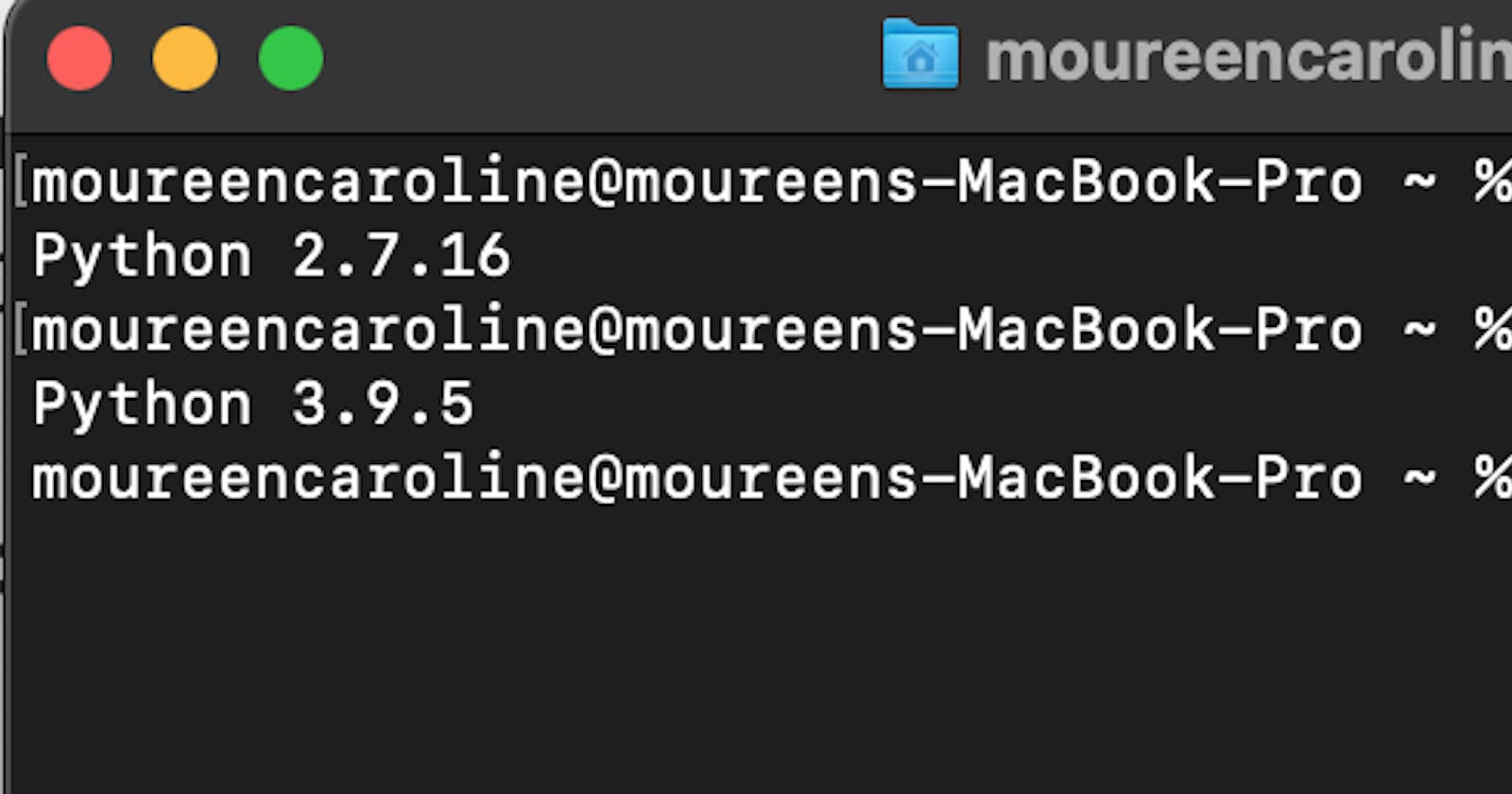What is Python?
Python is an interpreted, object-oriented, high-level programming language with dynamic semantics.
Python can also be defined as a computer programming language often used to build websites and software, automate tasks, and conduct data analysis. Python is a general-purpose language, meaning it can be used to create a variety of different programs and isn’t specialized for any specific problems.
Did you know? The name Python comes from Monty Python. When Guido van Rossum was creating Python, he was also reading the scripts from BBC’s Monty Python’s Flying Circus. He thought the name Python was appropriately short and slightly mysterious.
Why is Python so popular?
It's easy to use. For those who are new to coding and programming, Python can be an excellent first step. It’s relatively easy to learn, making it a great way to start building your programming knowledge.
It's simple syntax. Python is relatively easy to read and understand, as its syntax is more like English. Its straightforward layout means that you can work out what each line of code is doing.
Its thriving community. As it’s an open-source language, anyone can use Python to code. What’s more, there is a community that supports and develops the ecosystem, adding their own contributions and libraries.
Its versatility. Python is used in data visualisation, artificial intelligence or web development.
What is Python used for?
Python is a popular and in-demand skill to learn and used for:
Web development Python has great web development frameworks such as Django, Pyramid, and Flask. Top popular websites built-in Python; Netflix, Youtube, Instagram, Uber, Pinterest, Quora, Spotify, Reddit, Google, among others.
AI and machine learning Python is such a stable, flexible, and simple programming language, it’s perfect for various machine learning (ML) and artificial intelligence (AI) projects. In fact, Python is among the favourite languages among data scientists, and there are many Python machine learning and AI libraries and packages available.
Data analytics Data analytics is another rapidly developing field that utilises Python programming. At a time when we’re creating more data than ever before, there is a need for those who can collect, manipulate and organise the information.
Data visualisation Data visualisation is another popular and developing area of interest. Python provides a variety of graphing libraries with all kinds of features.
Programming applications You can program all kinds of applications using Python. The general-purpose language can be used to read and create file directories, create GUIs and APIs, and more. Whether it’s blockchain applications, audio and video apps, or machine learning applications, you can build them all with Python.
Game development Although far from an industry-standard in game development, with Python It’s possible to create simple games using the programming language, which means it can be a useful tool for quickly developing a prototype. Similarly, certain functions (such as dialogue tree creation) are possible in Python.
Language development The simple and elegant design of Python and its syntax means that it has inspired the creation of new programming languages. Languages such as Cobra, CoffeeScript, and Go all use a similar syntax to Python.
Finance Python is increasingly being utilised in the world of finance, often in areas such as quantitative and qualitative analysis. It can be a valuable tool in determining asset price trends and predictions, as well as in automating workflows across different data sources.
Python installation steps
Let me test my installed python
Open Terminal on your Pc or Laptop
Run python --version (shows you python 2 by default)
Run python3 --version (shows you Python 3 version)

Let's look at our legendary Hello, World!

Top popular python IDEs and Code Editors
a). IDE
b). PyCharm
c). Sublime Text
d). Atom
e). Thonny
f). Visual Studio
g). Vim
h). Sypder
Mini Project in Python
Creating a python function that when you input a number the function you have created checks whether the number belongs to the Fibonacci sequence or not.
https://github.com/Jadamoureen/checking_fibonacci
In conclusion, Python supports both function-oriented and structure-oriented programming. It has features of dynamic memory management which can make use of computational resources efficiently. It is also compatible with all popular operating systems and platforms. Hence this language can be universally accepted by all programmers.
